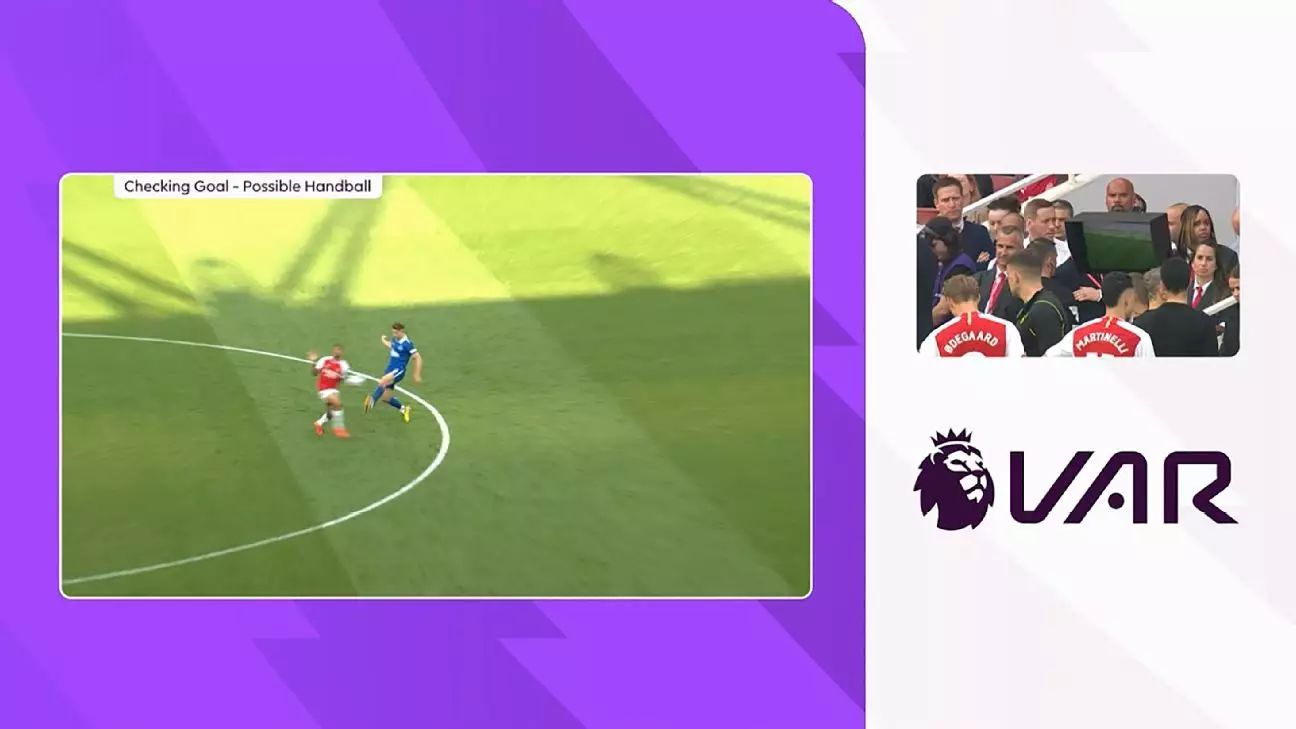The contentious issue of the Arsenal vs. Everton match revolved around a potential handball by Gabriel Jesus in the build-up to Kai Havertz’s goal. The VAR advised referee Michael Oliver to disallow the goal, but Oliver ultimately decided to ignore the advice and let the goal stand. The decision sparked debate around whether the handball was deliberate or accidental, with opinions divided on the matter. Furthermore, this incident highlighted the lack of consistency in VAR decisions, as similar situations had been ruled differently in previous matches.
In the case of Nélson Semedo’s red card against Liverpool, the VAR intervention resulted in a yellow card being upgraded to a red. The decision faced criticism, especially considering Wolves’ history of VAR decisions going against them. The analysis of Semedo’s challenge revealed key factors that set it apart from previous incidents, leading to a heated discussion on the interpretation of “excessive force” in serious foul play challenges. The inconsistency in VAR rulings was once again brought to the forefront, questioning the reliability of the system.
The incident involving Bryan Mbeumo’s challenge on Lewis Hall led to a penalty being awarded and subsequently cancelled after a VAR review. This case raised concerns about the interpretation of fouls inside and outside the penalty area, showcasing the ambiguity that VAR can introduce to match outcomes. The discussion around whether inadvertent contact should result in a penalty further emphasized the need for clarity and consistency in VAR decisions.
The controversy surrounding Anthony Gordon’s penalty appeal against Manchester United highlighted the subjectivity of VAR decisions. Despite appearing to be a clear foul in freeze-frame analysis, the contact was deemed insufficient for a penalty by the VAR and the decision was upheld. This incident underscored the challenges of VAR implementation in situations where contact may not be immediately apparent, leaving room for interpretation and debate among fans and pundits alike.
Tomáš Souček’s disallowed goal for West Ham United due to a handball raised questions about the criteria for such decisions. The VAR intervention in this case was seen as a correct application of the rules, highlighting the role of VAR in factual decisions such as handballs. The incident served as a reminder of the intended purpose of VAR in addressing clear violations of the laws of the game, rather than marginal offside calls that have sparked controversy in the past.
The red card rescinded for Andre Brooks of Sheffield United demonstrated the potential for VAR to rectify clear errors made by the on-field officials. In this case, the VAR review revealed that the initial decision was based on a misinterpretation of the incident, leading to the red card being completely cancelled. The incident underscored the importance of VAR in ensuring fair and accurate officiating, especially in cases of potential misconduct.
The analysis of VAR decisions in the Premier League highlights the complexity and controversy surrounding the implementation of technology in football. While VAR aims to provide clarity and accuracy in decision-making, its subjectivity and inconsistency have raised concerns among players, coaches, and fans. The need for transparency, consistency, and clear guidelines in VAR protocol is essential to minimize controversy and ensure fair outcomes in matches.

Leave a Reply